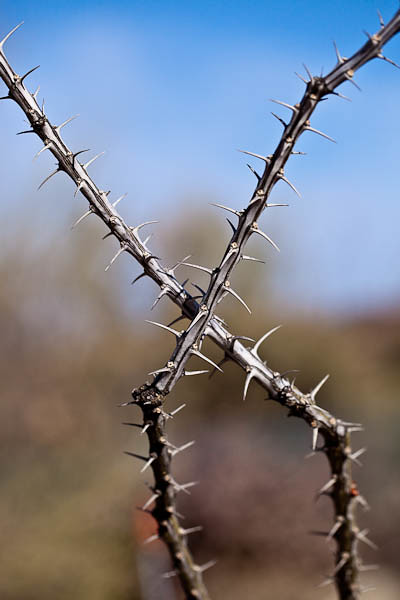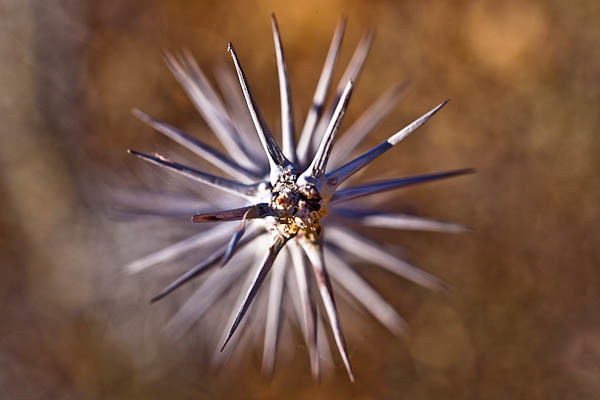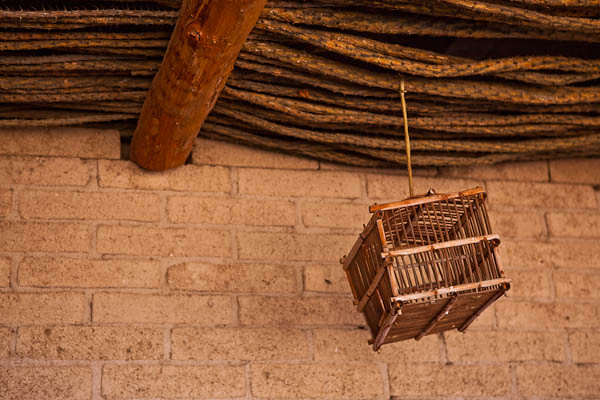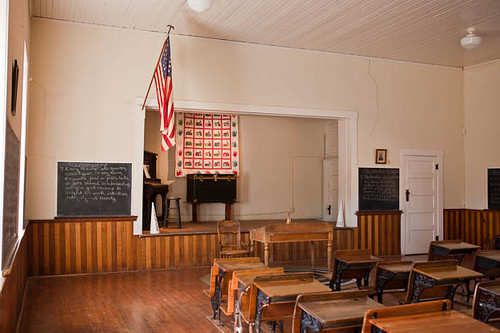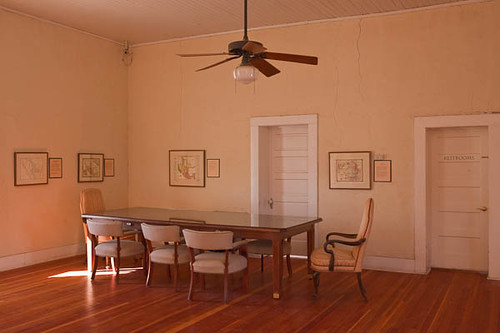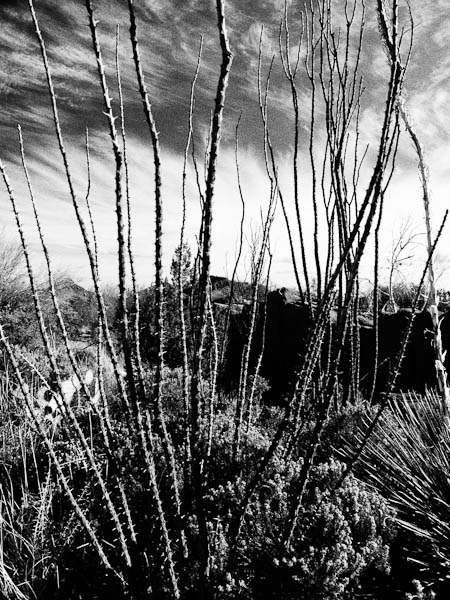Buy Cheap Tramadol Online Uk This is an ocotillo, one of the most plentiful plants in the Sonoran desert. It offers a great lesson in perspective. When you look at the ocotillo, do you first see its long, sharp spines? And when you notice the spines, do you see them as a threat to you or do you see them as the protector of the plant?
The ocotillo, a major shrub in the Sonoran desert, acts more like a succulent than a woody plant. It can absorb sunlight for photosynthesis through its leafless stem during the dry seasons. And when there is a desert rain, it will produce full grown leaves within three days. This plant has both primary and secondary leaves. When the primary leaves fall off the shrub, the remaining woody stalk elongates and becomes a spine.
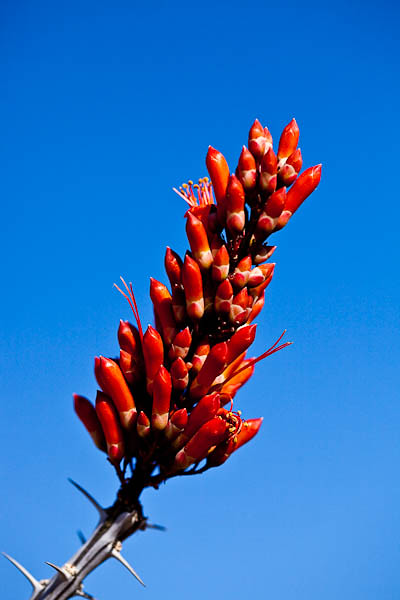
Order Cheap Tramadol Online Cod Ocotillo Blooming © 2011 Bo Mackison
https://www.petwantsclt.com/petwants-charlotte-ingredients/ Perhaps your attention is first drawn to the bright cluster of flowers at the tips of the branches, to the beauty of the tightly clustered red cylindrical blooms.
Ocotillos are a favorite of migrating hummingbirds. The ocotillo is often the only spring desert flower in abundant bloom, even in very dry spring seasons. Hummingbirds, which migrate from Mexico to their breeding grounds as far north as Alaska, pass over the desert in huge numbers and get their nourishment, the nectar, from the bright red tubular flowers.
Or perhaps you see the ocotillo in a different way. Perhaps, when you look at the ocotillo from a unique angle, you can imagine a desert full of woody stars.
So many perspectives, all from the same plant. Just depends on what you focus on, what you notice, and how closely you look. What part of the ocotillo first attracts your attention?
——————-
Bo Mackison is a photographer and owner of Seeded Earth Studio LLC. She is living in Tucson through the first week in April, exhibiting her photography in art fairs, taking photographs in deserts, and blogging about “Bo goes solo”. She is learning much about life as she studies the plants in the desert.
